Hardshell vs softshell: Which winter cycling jacket is best?
What’s the difference between a hardshell and softshell jacket and how do you choose?
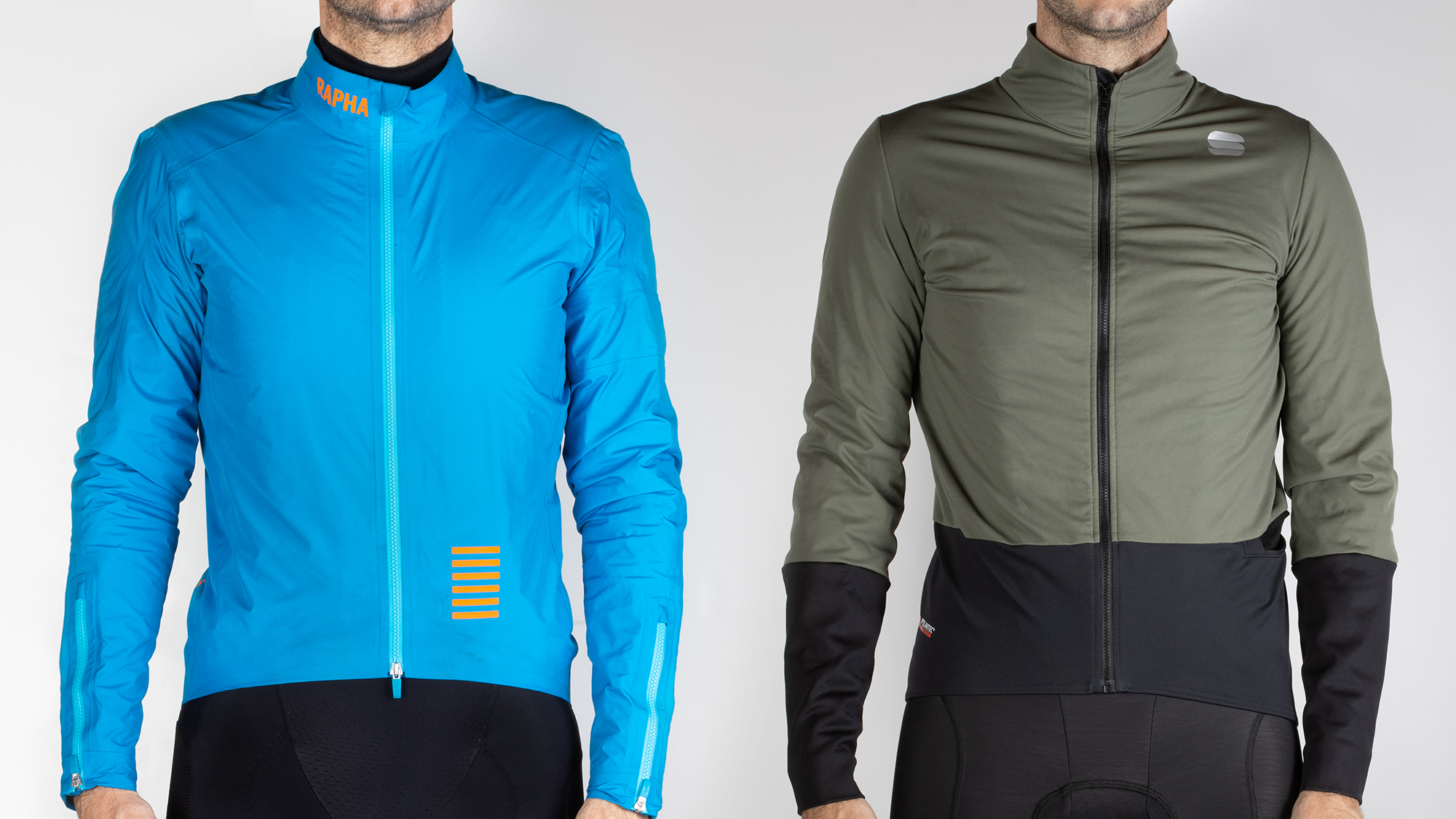
Our team recently revamped our lists of the best winter cycling jackets and the best waterproof cycling jackets; two very similar headlines but with very clear differences. As we explored the options, the process invited a larger conversation. With options out there for both softshell and hardshell exterior materials, what technology makes sense in what conditions?
We coordinated to make sure that we made the best recommendations across the two guides but we also feared the larger story might have gotten a little bit lost in the details. If you are looking for more details about hardshell vs softshell, this is a deeper dive.
As you spend time looking for the best warm jacket option this winter you will have to decide between these two options. You can read the descriptions of each product on the manufacturers' websites but you might notice they aren’t clear. Every brand seems to say that every jacket they make is perfect in almost every situation. It’s almost like they are trying to sell everything they make!
I’ve put the claims to the test though. I’ve spent hours riding through weather that would send most people to our list of the best smart trainers. I can’t say it was always fun but I did learn a lot. If you are wondering what kind of jacket makes the most sense for you, keep reading to see how your needs match up.
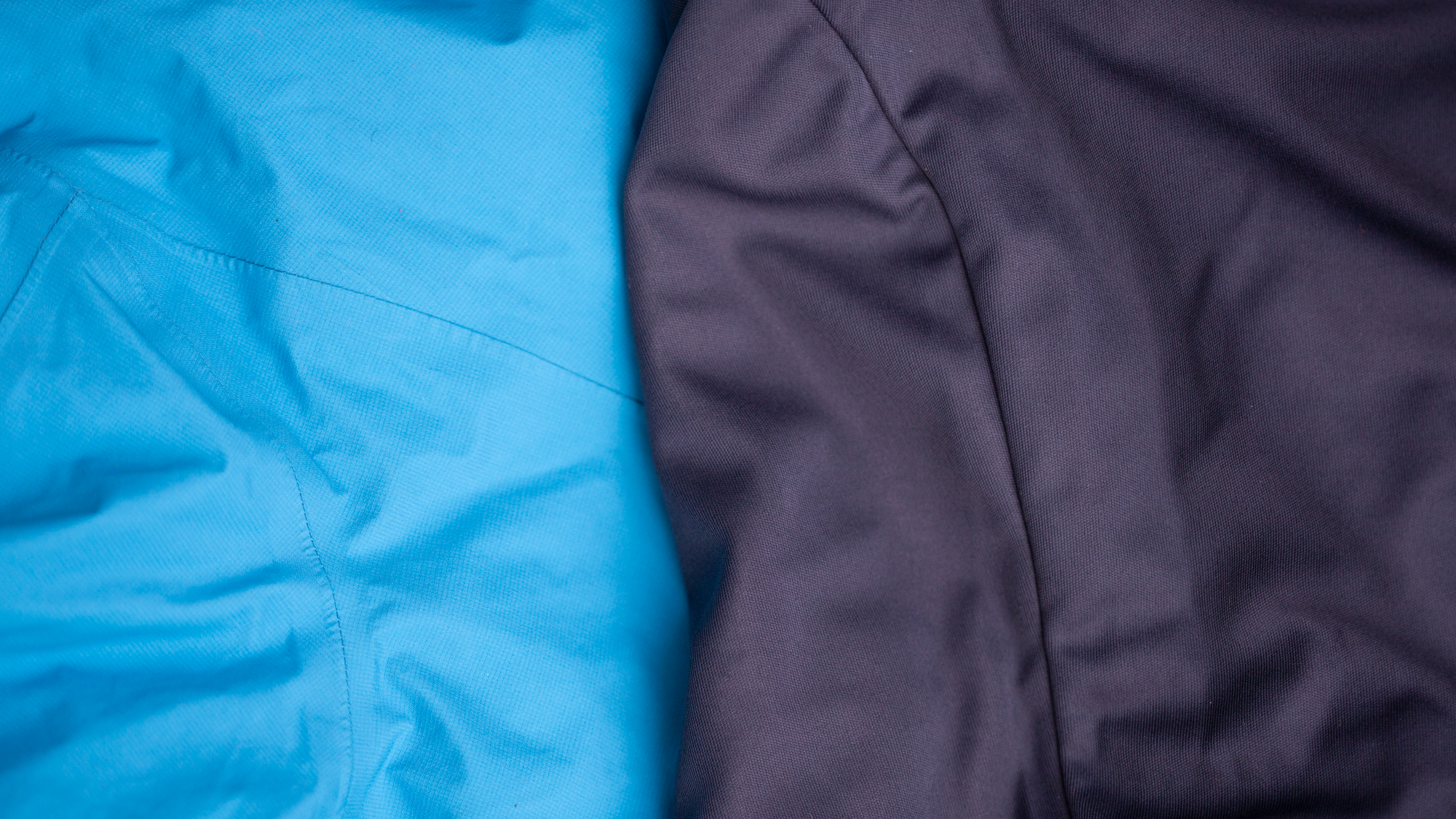
How do you define hardshell vs softshell jackets?
Isn't a jacket just a jacket? It's a fair question especially given that quality softshell technology isn't that old. Realistically anything older than maybe 10 years or so will fall into categories of jackets vs insulation. Before that time, if the outer layer was soft, it would offer no water or wind resistance and you'd need a jacket over the top in almost all situations. Today there is much less distinction.
If you go back to before definitions started to blur, a jacket was a hardshell. Most of the time that meant a woven outer with synthetic materials. By using a weave, production uses multiple pieces of yarn - known as warps and wefts - that cross at a right angle and limit the space between them. The reduced space means more strength with less stretch and, as a result, greater durability. Then, to further enhance those traits, a manufacturer will select a synthetic material for the yarn.
If you are designing a roof, these are all positive features. The challenge is that a cycling jacket is a sports textile and there has to be a balance. Less stretching and high strength makes a jacket uncomfortable and loud. Less space between the threads means less breathability. Less breathability leads to the boiled-in-a-bag feeling and ultimately leaves you cold as your temperature needs change throughout the day.
The latest race content, interviews, features, reviews and expert buying guides, direct to your inbox!
To solve these challenges, manufacturers came up with softshell jackets. A softshell jacket uses a knitted outer from a single piece of yarn. Knitting leaves more space between the looped yarn and that emphasises stretch, comfort, and breathability. The problem here is that in adding all that, the waterproofing suffers, so to make the softshell usable as an outer material, brands figured out ways to apply a durable water repellent, or DWR, to chemically resist rain.
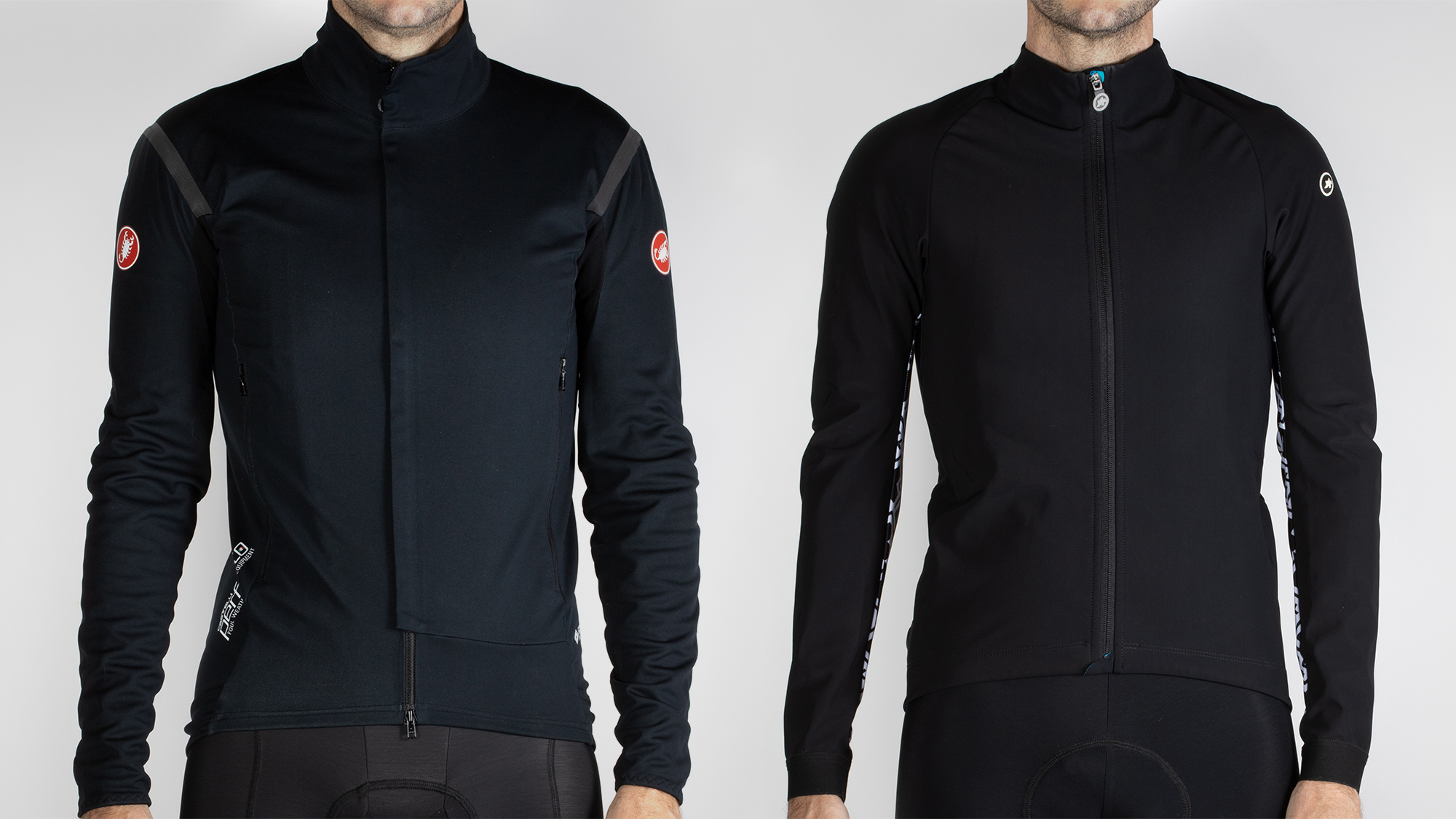
The difference between hardshell and softshell isn’t cut and dry
With a basic understanding of knit vs woven and softshell vs hardshell, we can start to see why you might choose one option vs another. Technology doesn't only apply to smartphones and computers though. Textiles are opportunities for rapid technological advances as well and that's where things start to get interesting.
Nothing about knit vs woven covers the actual yarn used. Assos is a company that gets very high-tech with the material used to create softshell jackets. The end result is a softshell jacket that almost feels like a hardshell and in many ways will perform like one. Alternatively, you could build a hardshell woven outer but use a finer yarn that gets its strength from a high-tech material.
You also can't forget about Gore. The magic of Gore-tex is not the fabric you see but rather a layer of Teflon that's buried under layers of fabric to protect it. Heat up the Teflon - such as with your body heat - and tiny holes open. If they are large enough to let water vapour through but not liquid water, that's Gore-Tex. If they are a little bigger so that more water vapour can escape but some liquid water can get through too, that's Gore-Tex Infinium.
From that starting place, you can experiment quite a bit. What if you change up the outer fabrics, how does it perform in different situations? Or, what about eliminating the face fabrics? The most extreme version of that is the soon-to-be discontinued Shakedry. Shakedry is what happened when Gore found a way to put the Teflon membrane right out in the open with no face fabric at all.
There is also a whole other avenue for possibility based on how a company chooses to waterproof a softshell. Early DWR was a rather toxic compound that sat on top of the material. As technology progresses, the emphasis is on making it last the lifetime of a garment and doing it in a way that's not toxic to the environment. Sportful NoRain uses silicone particles while Pearl Izumi PI dry infuses the actual yarn and is Bluesign-approved.
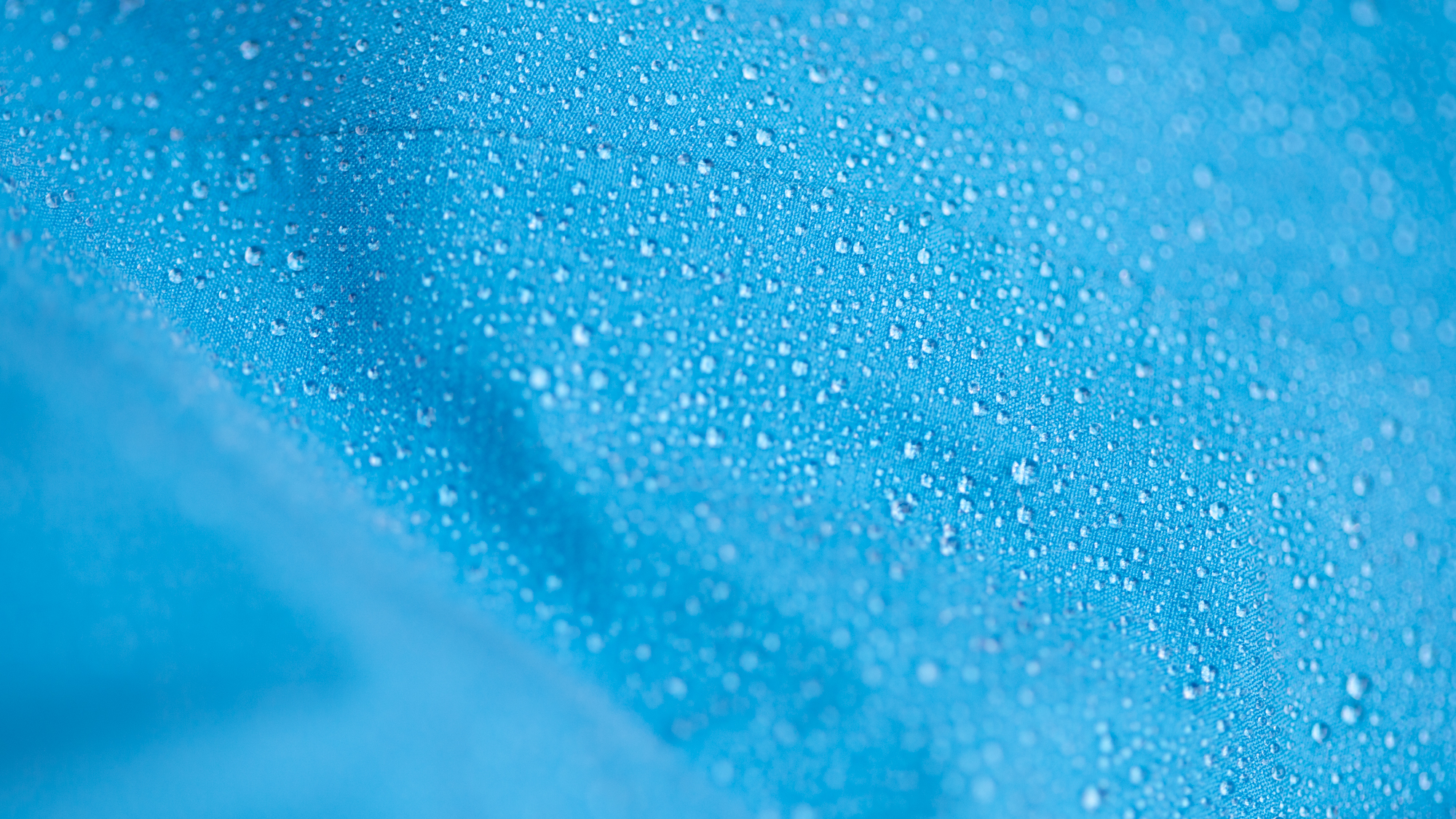
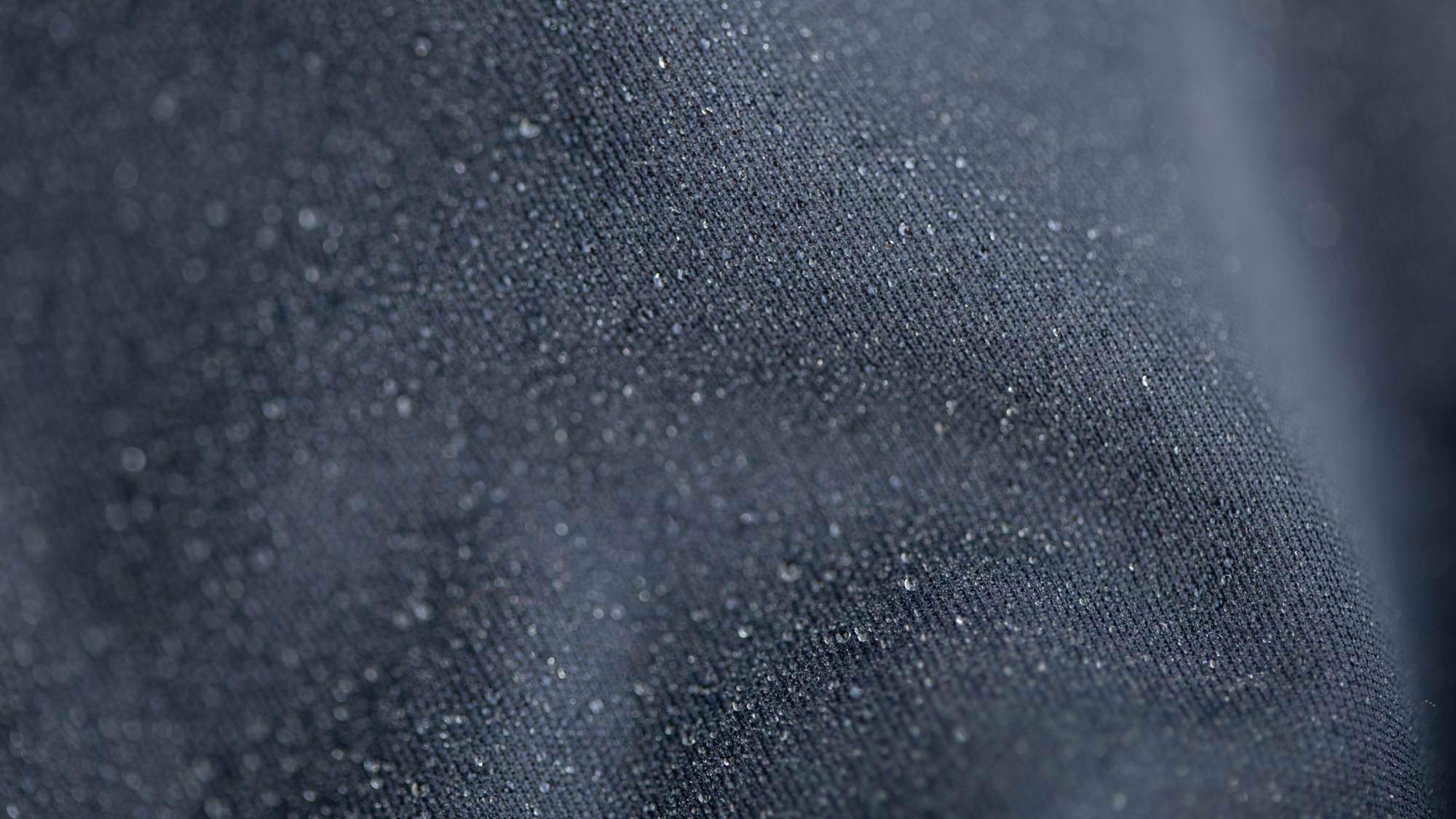
Should you wear hardshell or softshell jackets?
There is no clear answer. I can't tell you that in a particular situation you should always wear a hardshell or a softshell. There are a couple of general guidelines I can offer though. As much as brands continue to push the envelope of what is possible, there are still some guide rails that tend to hold true.
The first thing to think about is how much rain you are trying to deal with. High-tech fabrics blur the line between hardshell and softshell jackets more and more but I have yet to find a softshell that will not eventually saturate. Spend enough time in the rain and every softshell jacket I have ever tried will at some point end up a wet mess. I'll point at Assos again for this point because a jacket like the Assos Mille GT Ultraz Evo Winter Softshell Jacket is so close to a hardshell. I'm almost reluctant to refer to it as a softshell and yet, when I know I'll be in the rain and cold for seven hours, I add the Assos Equipe RS rain jacket on top.
You will also want to choose a hardshell when you are dealing with mud. There is actually a lot less grey area around this point. If you are going to be on a gravel bike off-road without mudguards, you want a hardshell. Softshell jackets are hard to get clean and even if you stay warm enough, you might find your brightly coloured softshell looks very spotty even after a wash.
When it comes to softshell jackets, you want to consider these the default in most situations. If you aren't dealing with extreme weather, mud, or long distances in bad weather, a softshell is the most comfortable option. They are stretchy and they breathe so well that you won't ever find yourself soaking the jacket from the inside out.
One consideration to think about, which may sway the general suggestions, is usability. Hardshell jackets with pockets are almost impossible to find. That means you often have to wear a jersey under a jacket just to get pockets. There are times I'll deal with the risk of a softshell soaking through so that I can wear fewer layers and still have pockets. When it comes to softshell jackets though, they aren't packable. I might have the perfect softshell for the weather but if I'm not sure, I'll grab a long sleeve jersey and packable hardshell. That way I can shed a layer if I get things wrong.
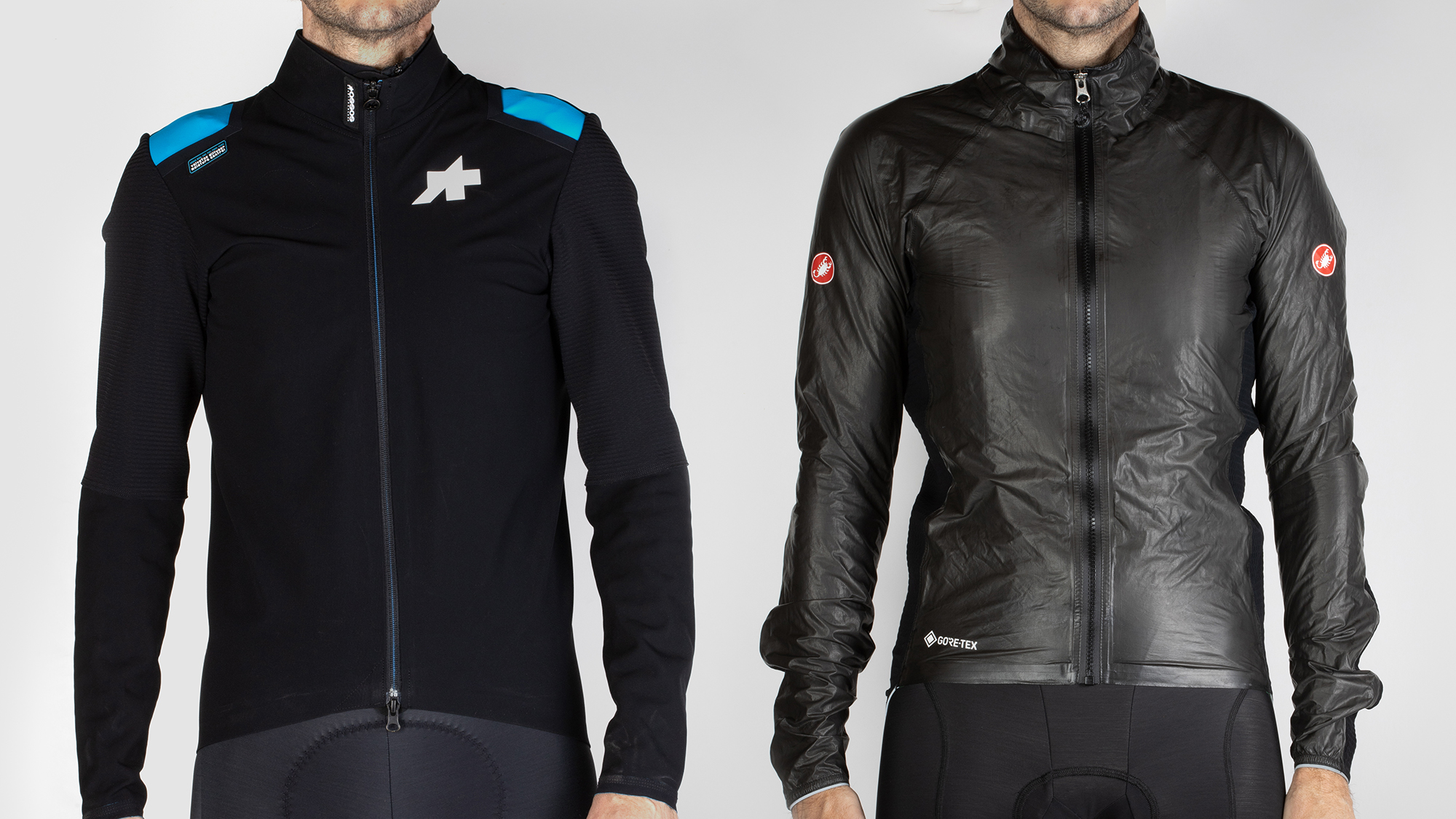
Look for the best deals
One big consideration that might push you away from the general recommendations is price. At the low end, it's much easier to find a cheap hardshell that will keep you warmer than you'd think. It won’t breathe as well as more expensive options, and there will often be other drawbacks, but it will keep you protected and riding. Pay a little more and you can get a softshell that’s very comfortable but doesn’t handle weather that great.
As you move up in price, things start to look a lot different. With the right budget, you really can have it all in a softshell that handles nasty weather or a hardshell that breathes incredibly well.
Josh hails from the Pacific Northwest of the United States but would prefer riding through the desert than the rain. He will happily talk for hours about the minutiae of cycling tech but also has an understanding that most people just want things to work. He is a road cyclist at heart and doesn't care much if those roads are paved, dirt, or digital. Although he rarely races, if you ask him to ride from sunrise to sunset the answer will be yes. Height: 5'9" Weight: 140 lb. Rides: Salsa Warbird, Cannondale CAAD9, Enve Melee, Look 795 Blade RS, Priority Continuum Onyx
